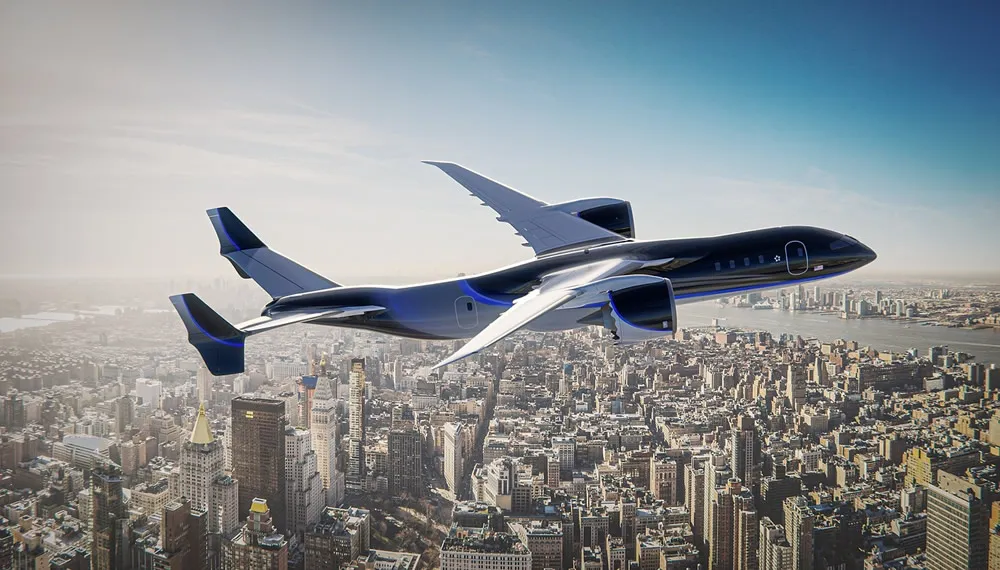Have you ever wondered if Christmas goods shipped from Yiwu to Europe might have "taken a detour" through a warehouse in Central Asia first? As global supply chains accelerate their restructuring, Central Asian transit trade is quietly becoming a golden corridor connecting Europe and Asia. There are no seaports here, yet railways and roads weave a modern trade network more efficient than the Silk Road.
Why Central Asia? Geography Dictates Destiny

Open a map, and cities like Almaty in Kazakhstan and Tashkent in Uzbekistan resemble the "Tengen" (center point) on a Go board. The 72-hour logistics circle can cover the three major markets of China, Russia, and Europe, saving 40% of the time compared to sea freight and reducing costs by 60% compared to air freight. Mr. Zeng electronics trading company, recognizing this, moved its Dubai transit business to Almaty. The combination of tariff preferences and customs clearance efficiency led to a 23% increase in annual profits.
- Cost Advantage: Overall land transport costs are 15-20% lower than traditional routes
- Policy Dividends: The synergy of the China-Europe Railway Express and Central Asian free trade agreements
- Buffer Zone: The optimal "safety net" to mitigate single-market risks
Three Practical Models of Transit Trade
Mr. Zeng building materials company has developed a "Central Asian formula": China production + Kazakhstan labeling + Russia sales. This value-added transit circumvents anti-dumping duties, increasing profit margins to 35%. Even more shrewd players are engaging in "logistics finance" by utilizing Central Asian bonded warehouses to achieve:
- Pledged financing of goods: Inventory as cash flow
- Exchange rate arbitrage: Triangular hedging between rubles, tenge, and RMB
- Futures delivery: A natural hub for bulk commodities like cotton and wheat
A Shipping Lane Coexisting with Reefs and Blue Oceans
On one occasion, 200 boxes of goods were detained for two weeks due to discrepancies in HS codes – a lesson Mr. Wang learned at the cost of 300,000 yuan. The differing customs standards in Central Asian countries are like a "game of Russian roulette," but Zhongmaoda's localized team can provide full-process solutions: from preliminary document review to Halal certification, and even coordinating military escorts for high-value cargo.
Emerging digital opportunities are even more noteworthy:
- Blockchain traceability: Solving the trust dilemma in grey customs clearance
- Cross-border live streaming e-commerce: Almaty influencers boosting Chinese small home appliances
- New energy transit hub: Photovoltaic modules supplied directly to the Middle East via Central Asia
Does Your Business Map Need This Piece?
As you read this article on your phone in a Shanghai café, a train loaded with goods might be traversing the Caspian Sea tunnel. Central Asia is no longer just a geographical term from textbooks; it is a critical variable for supply chain resilience. Consider this test: if your business meets any of the following conditions, transit trade is worth immediate investigation:
- Your target market has tariff barriers of 15% or more
- Logistics costs account for over 18% of total costs
- You need to circumvent rules of origin restrictions
Put down your phone, open a satellite map, and draw a circle along the 42nd parallel north – your next profit growth pole might be hidden there.

Recent Comments (0) 0
Leave a Reply